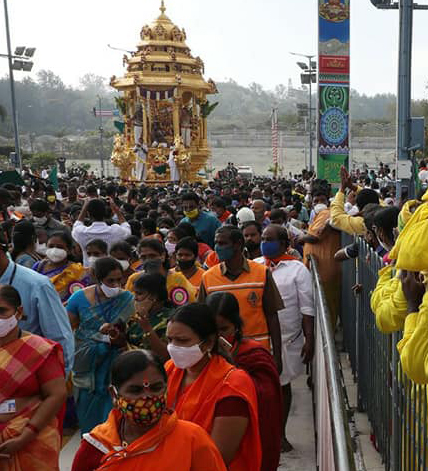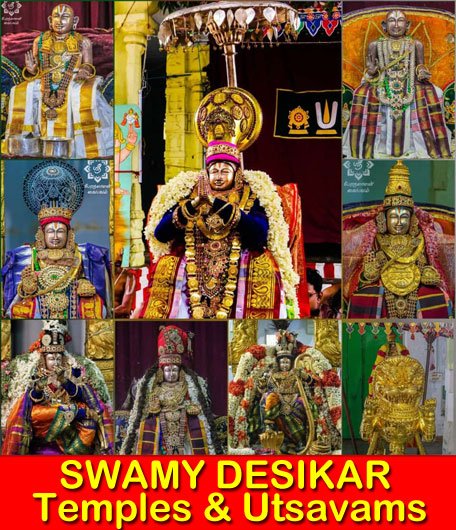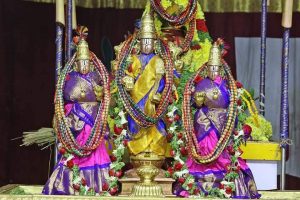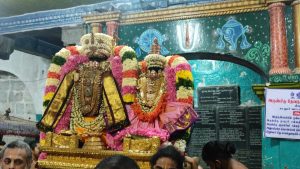There is absolutely no doubt that Ekadashi is considered to be an auspicious day in Hindu and Jain culture. It takes place on the eleventh day of the two lunar cycles of the month, Krishna and Shukla Paksha. Spiritually, Ekadashi symbolises eleven senses constituting five sense organs, five action organs and one mind. People observe a fast to mark the day by controlling the eleven senses and consuming only permitted foods and refraining from others. According to religious beliefs, a drop of sweat fell on the ground from Lord Brahma’s head and became a demon. When it asked for a place to live, Brahma told the demon to exist in the grains of rice consumed by people on Ekadashi and convert into worms in their stomach.
There is also a scientific reason behind not having rice on Ekadashi. Eating food that retain too much water on Ekadashi can cause unsteadiness as the moon attracts water and the rays of the moon are said to have more cosmic energy marking Ekadasi. Since rice grains hold a lot of water content, consuming it can lead to the aggravation of certain conditions like water retention, cold, and sinusitis, among others. Ekādaśi, is the eleventh lunar day (tithi)) of each of the two lunar phases, which occur in a Vedic calendar month. Shukla Paksa (the period of the brightening moon also known as the waxing phase) and the Kṛiṣṇa Pakṣa (the period of the fading moon also known as the waning phase).
It is based, according to the Vedic medical texts of Ayurveda and is mentioned in detail in many original treatises such as Charaka Samhita and Susruta Samhita. In Sanatana Dharma, Ekadashi holds undue importance. Ekadashi is favourite tithi of Lord Krishna and devotees observe ‘upvas’ to remain closer to Krishna. It is pertinent to note that in India and Nepal, Ekadasi is considered a day to clean the body, aid repair and rejuvenation and is usually observed by partial or complete fast. High protein and carbonhydrate-containing foods such as beans and grains are not consumed by observant people during the fast. Instead, only fruit, vegetables, and milk products are preferred as food items. This period of abstinence starts from sunrise on the day of Ekadasi to sunrise on the following day. Rice has to be sacrificed while observing Ekadashi. The timing of each Ekādaśī is according to the position of the moon.
The Indian calendar marks progression from a full moon to a new moon as divided into fifteen equal arcas. Each arc measures one lunar day, called a tithi. The time it takes the moon to traverse a particular distance is the length of that lunar day. Ekadasi refers to the 11th tithi, or lunar day. The eleventh tithi corresponds to a precise phase of the waxing and waning moon. In the bright half of the lunar month, the moon will appear roughly three or four full on Ekādaśī, and in the dark half of the lunar month, the moon will be about 3/4 dark on Ekadasi. There are usually 24 Ekādaśīs in a calendar year. Occasionally, there are two extra Ekadasis that happen in a leap year. Each Ekādaśī day is purported to have particular benefits that are attained by the performance of specific activities.
Bhagavata Purana reminds the people about the observation of Ekadasi by Ambarisha, a devotee of Lord Vishnu. Ekādaśī Tithi, the eleventh lunar day (Shukla Ekadasi), also known as Hari Vasara, because it is dedicated to Lord Vishnu, is a day of fasting and prayers for all Hindus. Those who observe fast on this day are considered to get rid of malefic planetary influences, experience happiness, and gain the right peace of mind to think of Ishvara and attain Moksha. It is a day of Vishtikarana, a day of malefic influences, Vishtikarana coincides with the second half of Ekadasi Tithi and is avoided for all functions associated with worldly prosperity but for such celebrations, Ekādaśī Tithi should not have Dasami Vedha.
Fasting is bound to be observed done during Vishtikarana, but the fast is not expected to be broken during this period. Incidendally, Vishtikarana, coincides with the second half of Krishna Dasami. Karana is half of a tithi. Tithi is the time taken by the moon to travel approximately twelve degrees of space with reference to the Sun, but as the motion of the moon is irregular, the duration of tithi is not constant.There are seven moveable and four fixed karanas. Vishti or Bhadra is one of the moveable karanas, which rotate among the other tithis beginning with the second half of Shukla Padyami.
Ekādaśī is different for Vaishnavites and Smarthas. According to Kala Prakashika, a Jyotish text, for discussing auspicious times for beginning an activity (‘Muhurta’), the Ekādaśī fast is performed on a day, which is not touched or ruined by any influence of the tenth tithi or lunar day. The cut-off time is 96 minutes before sunrise. If the tenth day completes just 96 minutes before sunrise, then that day would be celebrated as Ekādaśī, but if it still indicates Dashimi during that day, then the Ekādaśī fast is performed on the following day.
K.V. Venugopal








